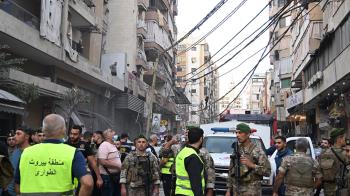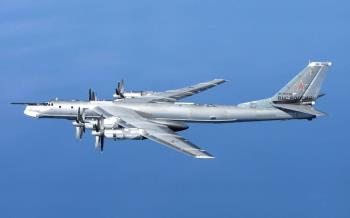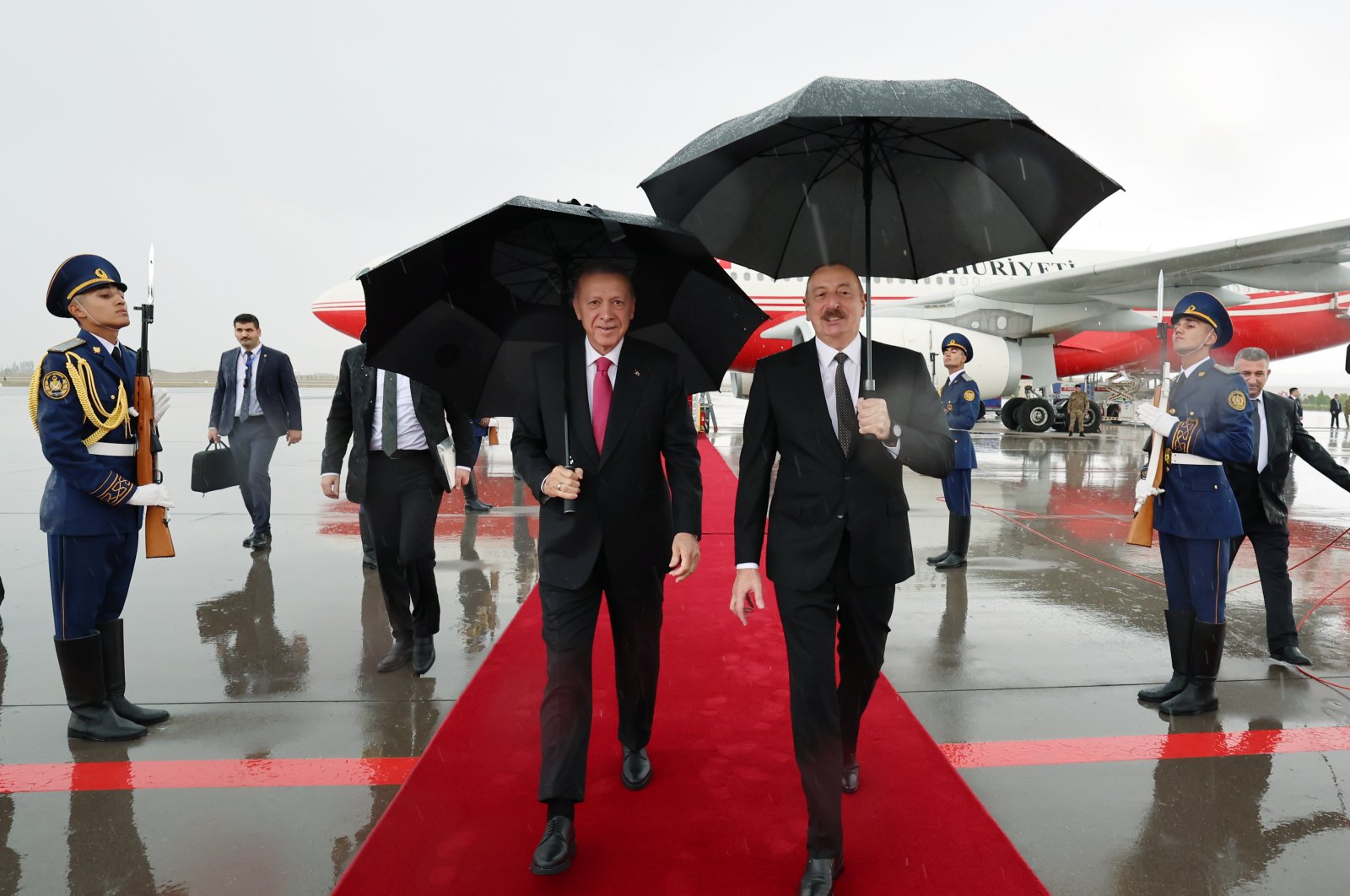Alwaght- With the entry of Azerbaijani forces to the city of Khankendi at the center of Karabakh, images circulating online appear to show en masse fleeing of Armenians of this region to Armenia. The latest figures published by the Armenian government suggested that some 660,000 people entered the country from mountainous Karabakh.
The fleeing of the residents of this region from their houses comes as Azerbaijani President Ilham Aliyev said that he guarantees the rights of the Armenians who stay in the disputed region. According to the Russian Tass news agency, Aliyev said that the integration of the Armenian population of Karabakh in Azerbaijani community will advance successfully, and that all residents of this region are citizens of Azerbaijan.
However, the Armenian government claims that this group of refugees was “forced” to leave their place of residence. Armenian Prime Minister Nikol Pashinyan said on Sunday that he expects around 120,000 civilians in the South Caucasus region to move to Armenia because they do not want to live in a part of Azerbaijan and fear the “threat of ethnic cleansing”.
Pashinyan said Armenia has allocated space for at least 40,000 people, but warned that he expects the vast majority of the 120,000 people “will see exile from their homeland as the only way to save their lives and identity”.
“Our people do not want to live as part of Azerbaijan. 99.9 percent prefer to leave our historic lands,” said David Babayan, an adviser to Samvel Shahramanyan, the president of the self-styled “Republic of Artsakh.”
Russian peacekeeping forces are responsible for the safe transfer of local people who want to leave. On Saturday, Russian President Vladimir Putin asked his Azerbaijani counterpart to take care of Christian shrines in the country.
Armenians account for a majority of Karabakh population, and a very small minority of Russians, Ukrainians, and Yazidis also live in this region. According to the last official census conducted in 2015, the total population of this region was estimated at 150,932 people.
The mountainous Karabakh, which is internationally recognized mainly as part of Azerbaijan, was previously governed by the separatist Republic of Artsakh, which announced a ceasefire after a day-long military operation by the Azerbaijani army in the region last Wednesday.
Azerbaijan besieged Karabakh since 9 months before last week’s operation and holds control over the only exit route.
Azerbaijan and Armenia have a record of two wars over the control of the Karabakh region. The first conflict between the two countries between took place from 1988 to 1994 and left more than 30,000 dead. The second one resulted in the death of 6,500 people over the past three years.
Protests in Armenia, Aliyev’s celebrations with presence of Erdogan in Azerbaijan
Like the angry residents of Karabakh, many people in Armenia are also angry with Pashinyan for signing the peace agreement that led to the official acceptance of the annexation of Karabakh to the territory of Azerbaijan, accusing his government of negligence and betrayal and demanding the resignation of the prime minister.
Last week, protesters stormed the parliament in Yerevan and demanded Pashinyan’s resignation.
Serhat Petrosyan, a former member of Pashinyan government, who attended the protests said “if we had a good leader, we could resist what is occurring. All these people are ready to go and fight.”
According to the announcement of the Armenian Ministry of Health, a total of 36 people were injured in a night of clashes between police and protesters in the capital. The opposition has promised that the demonstrations will continue in the coming days.
Simultaneously with the protests in Republic Square, a smaller gathering was held in front of the Russian embassy in Yerevan on Tuesday night.
Hundreds of demonstrators chanted “killer” and prevented Russian diplomats’ movement from and to the building.
However, at the same time as the crisis and protests in Armenia, on the opposite side, Azerbaijanis are happy to realize the dream of reclaiming Karabakh, and Aliyev, hosted Turkish counterpart Recep Tayyip Erdogan, who is a staunch backer of Baku in the conflict with Armenia, on Monday in the Republic of Nakhchivan.
Nakhchivan is separated from mainland Azerbaijan by Armenian territory and Baku is seeking to connect to this exclave through Zangezor Corridor that is planned to cross Armenia, a project that will cut off the historical border between Iran and Armenia. But amid the strong opposition of Yerevan and regional actors, on top of them Iran, to changes to the historical borders in the region by construction of a new corridor, Aliyev has threatened he will use force to this end.
It seems that in Erdogan’s visit to Nakhchivan and his meeting with Aliyev, which was accompanied by agreements for the establishment of the Igdir-Nakhchivan gas pipeline and the renovation of the Nakhchivan military center, the Turkish leader sought to provoke Aliyev to escalate tensions in the region and construct Zangzor Corridor. This issue has caused concerns about the emergence of a major conflict in the region, especially that Iran has declared the change of borders as its “red line” and given the warnings in this regard.
Russian-Armenian tensions and US fishing in troubled waters
The new round of Karabakh developments, which ended in favor of Azerbaijan, have led to the escalation of tension between Yerevan and Moscow, as Armenian officials now openly criticize Russia’s policies and speak of the need to rethink relations with this country. Russia and Armenia have a military cooperation agreement. Armenian PM has slammed Russia’s inaction and the role of its peacekeeping forces in recent events.
Also, Armenian leader pointed out the differences with Moscow in remarks he made in the past few days and said that the Russian-led Collective Security Treaty Organization (CSTO) is “insufficient” to protect his country.
It is noteworthy that Armenia officially announced its exit from the Russian-dominated bloc in March. The bloc was founded in 2007 by Russia, Belarus, Kazakhstan, Kyrgyzstan, Tajikistan, and Armenia as a Russian initiative.
As tensions rise in mountainous Karabakh, Pashinyan appears to drift to the West, and Armenia recently hosted a rare joint military exercise with the US. Now, following the heightened tensions between Moscow and Yerevan, the White House has taken a step to fish in the troubled waters. The US State Department spokesman stated that developments of Karabakh showed that “Russia has shown that it is not a security partner that can be relied on.”
Kremlin, on the other side, rejected the criticism. Anti-Russian Yerevan positions have riled Moscow officials. Russian Foreign Ministry said described Armenia a country captured into the Western geopolitical games. Margarita Simonyan, the editor-in-chief of Russian broadcaster RT, said on Tuesday sarcastically: “What about NATO? Are not they protecting you?”



























